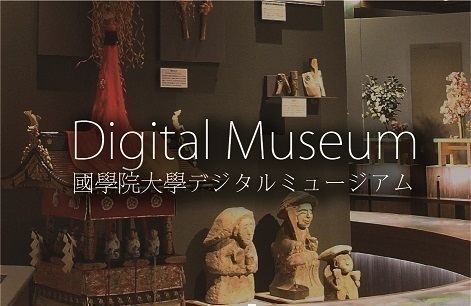- トップ
- Encyclopedia of Shinto
- Ryōbo
Encyclopedia of Shinto
| Main Menu: | |
| Links: |
詳細表示 (Complete Article)
| カテゴリー1: | 3. Institutions and Administrative Practices |
|---|---|
| カテゴリー2: | The Emperor |
| Title | Ryōbo |
| Text | Burial mounds and tombs of the imperial family. Current law distinguishes the ryō (mausolea) and the bo (tombs). The former denotes the burial place of an emperor, his consort, mother (empress dowager) and grandmother, while the latter denotes the burial site of other imperial family members. Ryō (also called sanryō, goryō, or misasagi) is the general term for the graves of emperors. However, in Nihon shoki (Chronicles of Japan, 720) in addition to the graves of tennō and their three divine ancestors, the burial sites of Jingū Kōgō (the legendary consort of the monarch Chūai), Yamato takeru no mikoto, Iitoyoao no mikoto, and Shōtoku Taishi are also referred to as ryō. According to the Laws on Mourning and Burial (Sōsōryō) promulgated in the Taihō Code (702), only the mausolea of emperors were to be called ryō. However, an edict issued in the twelfth month of 760 commanded that the graves of the imperial grandmother Miyako, and the imperial consort Kōmyō Kōgō were to be styled sanryō. After this, mausolea of the imperial consort, mother, and grandmother all came to be called ryō. The locations of sanryō have been investigated since the Meiji era and currently all the mausolea of the historical emperors are considered to have been identified and named. Bo (haka, ohaka) are the burial sites of other members of the imperial household including women of non-imperial birth who had become jugō or nyōin (female court titles), members of imperial collateral lines, the old princely households (miyake), and imperial household members who had entered a Buddhist temple (monzeki jiin). In addition to ryō and bo, there are other types of imperial household memorial sites. These include sites where some of the remains of a tennō or his consort are buried; cremation sites; sites where cremated ashes are buried; imperial family stone markers where some of the bones are interred; memorial monuments; repositories of hair, teeth, and nails; temporary burial sites; unidentified royal burial sites; baicho, or small burial mounds surrounding the keyhole-shaped mausolea; and the "white bird mausolea," which represent memorial sites for Yamato takeru no mikoto. Under the ritsuryō codes, in the "Office of Mausolea" (Shoryōshi) article of the "Ordinance on Personnel" (Shikiinryō) there is an order to send "a messenger to present first fruits" (nosaki no tsukai) in the twelfth month of each year to royal mausolea and tombs. This Shoryōshi was renamed the Bureau of Mausolea (Shoryōryō) in 729. According to the Ceremonials and Protocols (Gishiki) of the early Heian period (794-1185), the custodian of each mausoleum (except that of Empress Jingū) was to call at the Ministry of the Treasury (Ōkurashō) to receive the offering, and then a tsukasa would make the offering. In the beginning of the Heian period another similar emissary, also called a nosaki no tsukai, was appointed in the twelfth month to deliver imperial offerings from the palace to mausolea and tombs in the vicinity of the capital that had significance for the reigning emperor. The emperor appeared before the Kenrei gate of the palace and chose these messengers from among the middle counselors (chūnagon), advisors (sangi), or those who were not appointed as advisors but who held the third rank or higher. While the offerings delivered by the regular envoy stipulated in the ritsuryō codes were prepared by the Ministry of Treasury, the offerings for these rites carried by the latter type of envoy were provided by the Bureau of the Imperial Storehouse (Kuraryō), which was the organ in charge of the palace finances. However there were many occasions when the envoy did not attend the grave, and such offerings declined in the late Heian period. In addition to the annual offerings of first fruits, offerings were also sent on the occasion of an imperial accession or at a time of crisis. Extraordinary rites were conducted at certain mausolea and there were also cases where Buddhist priests recited sutras for the repose of the deceased. In 934 memorial rites for Emperor Daigo were entrusted to the temple Daigoji. After that, it became customary for a Buddhist-style mausoleum or tomb to be looked after by a Buddhist temple, which was in turn given territory and fields as offerings. At present the imperial household sends a chokushi (imperial messenger) to mausolea and tombs with offerings (heihaku) on occasions such as an imperial accession, marriage, and the Shikinensai. On the anniversary day of the death of an imperial household member, food offerings (shinsen) are taken to the mausoleum or tomb. — Fujimori Kaoru |




